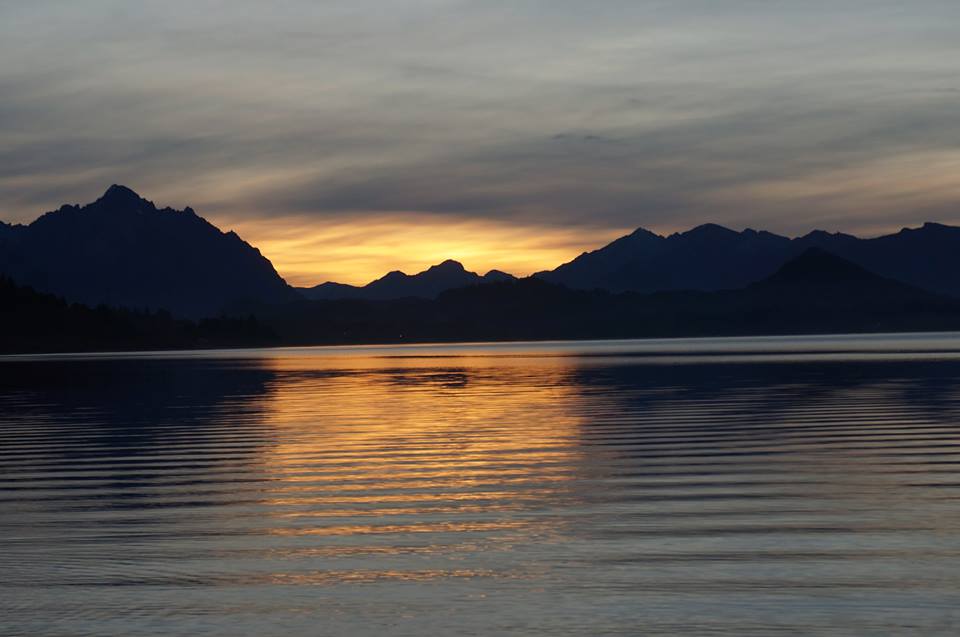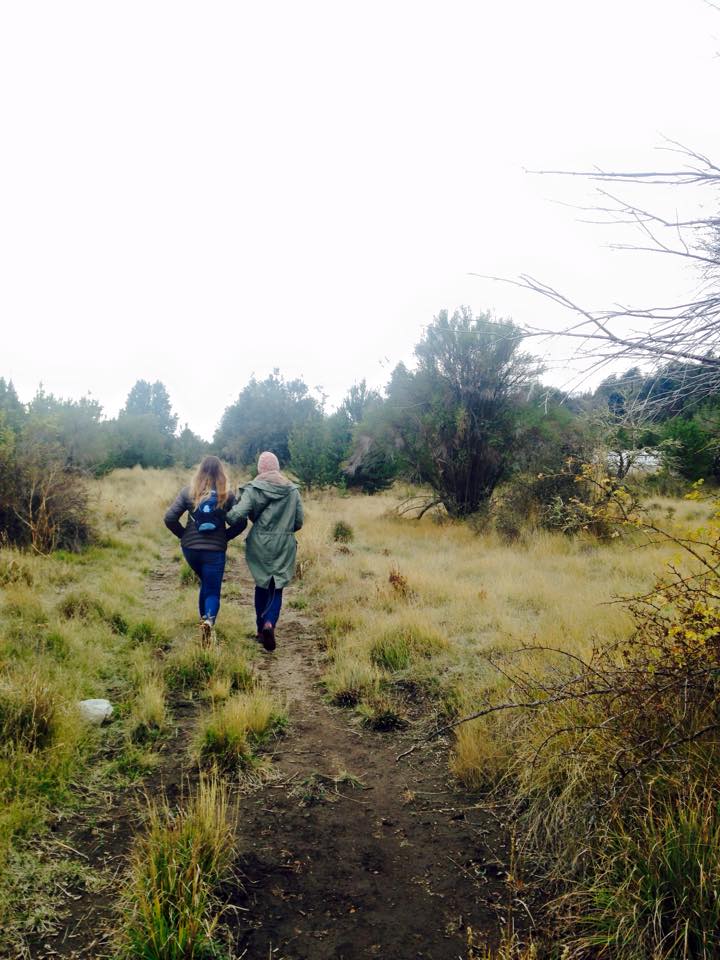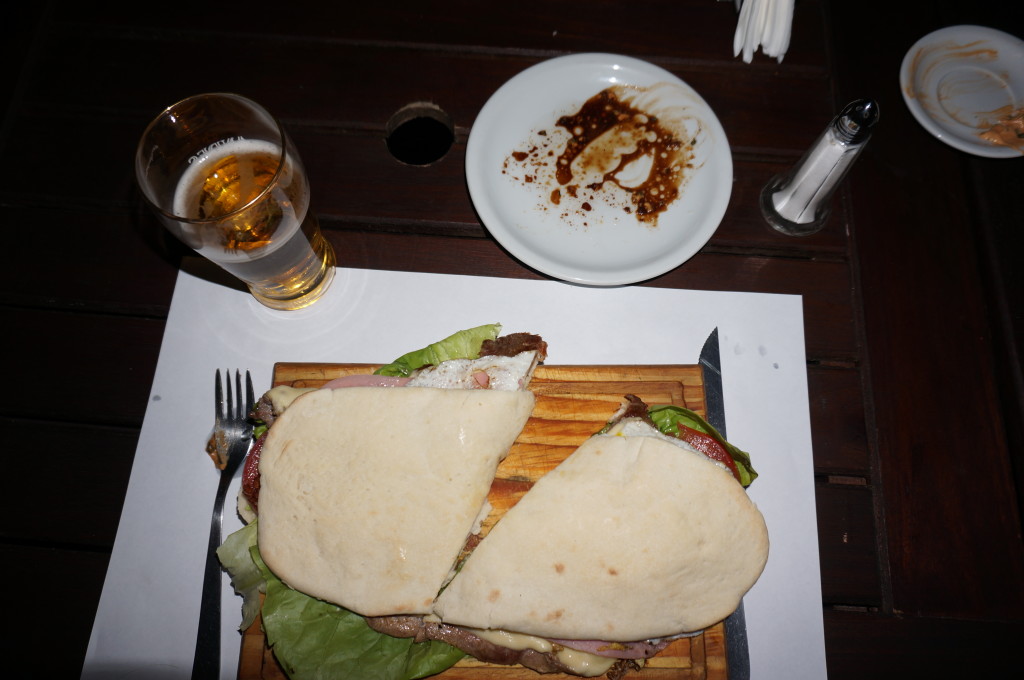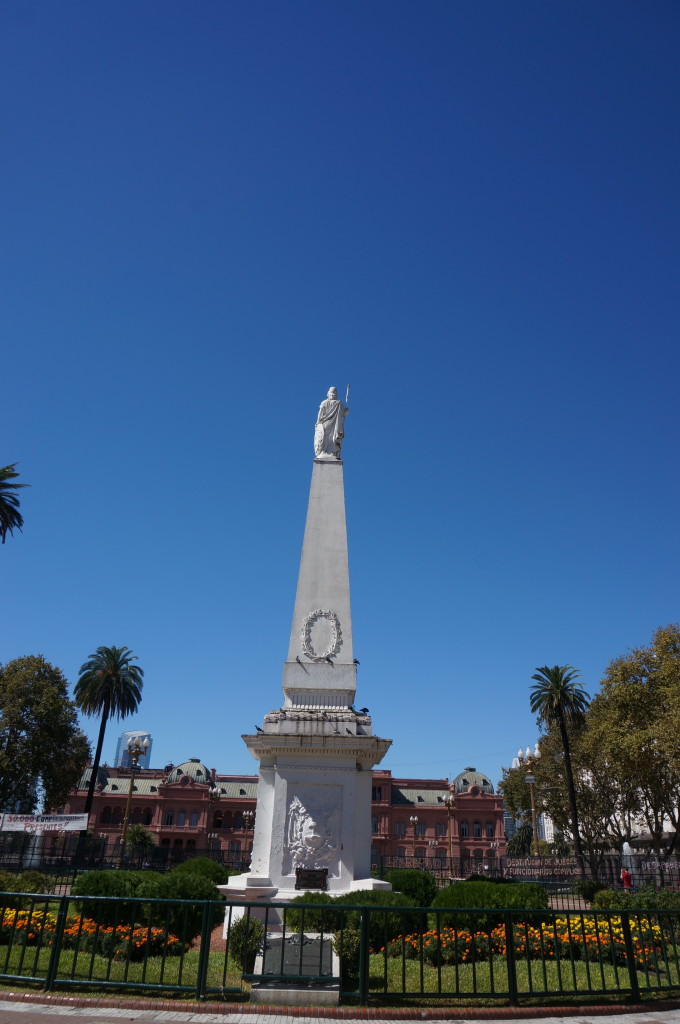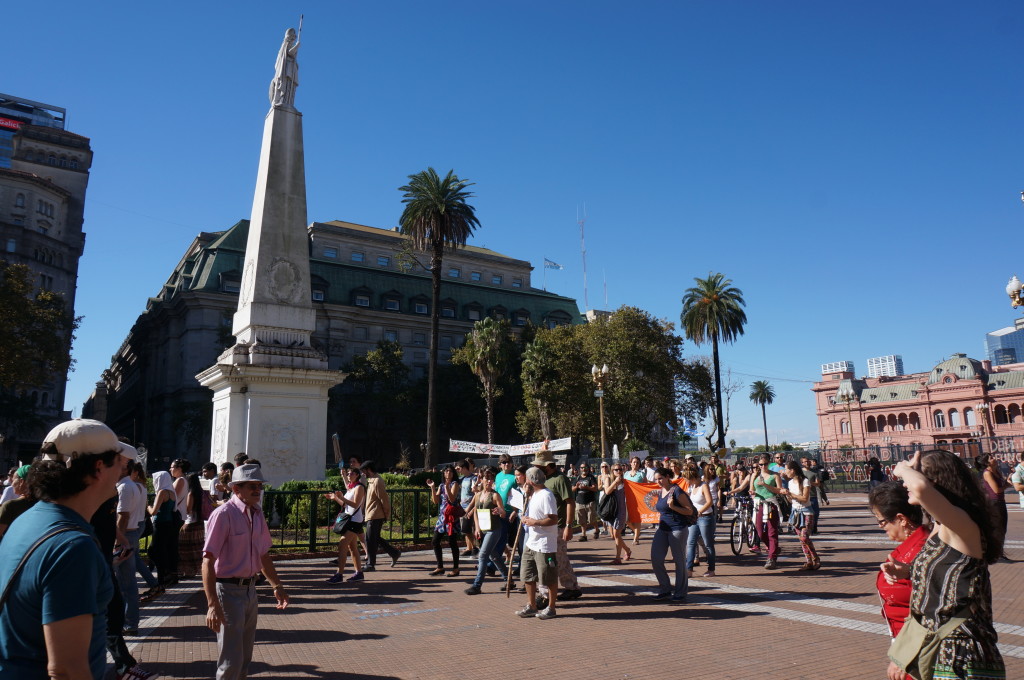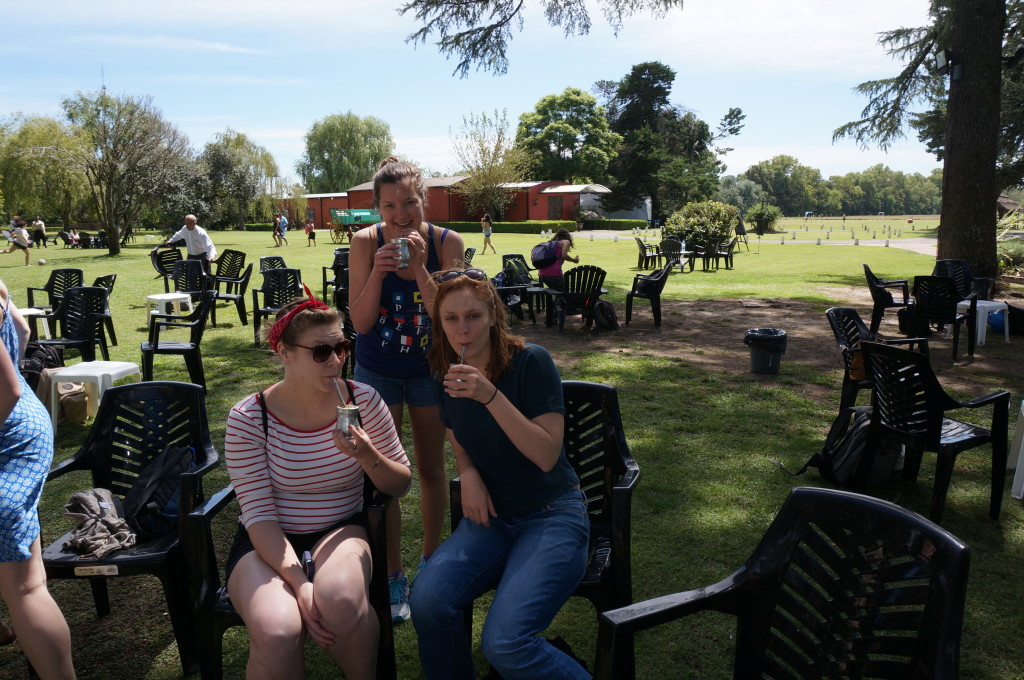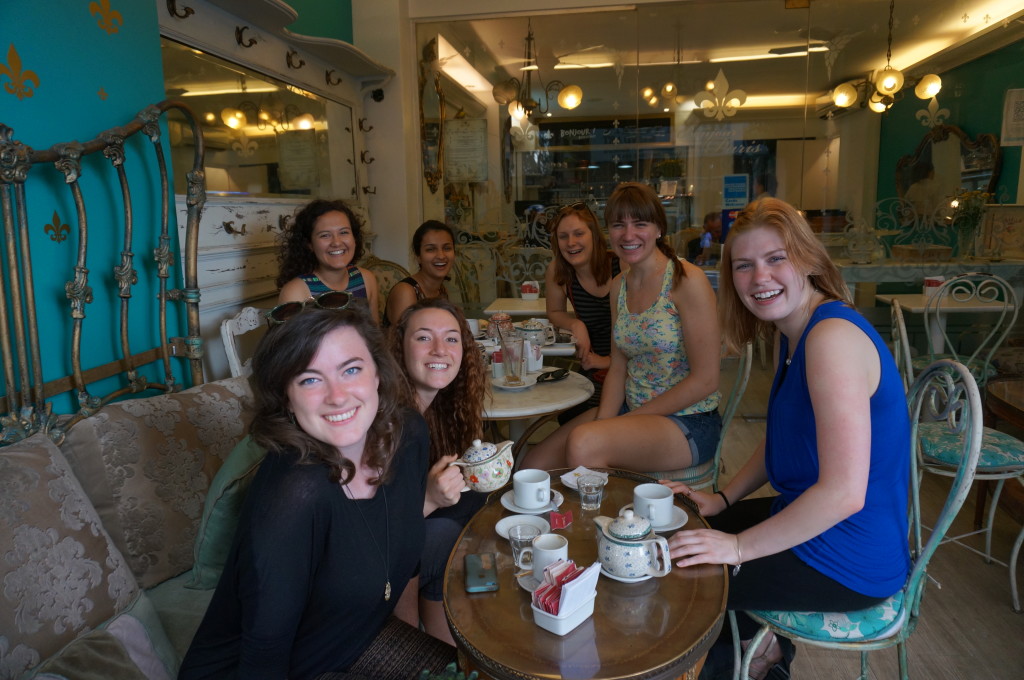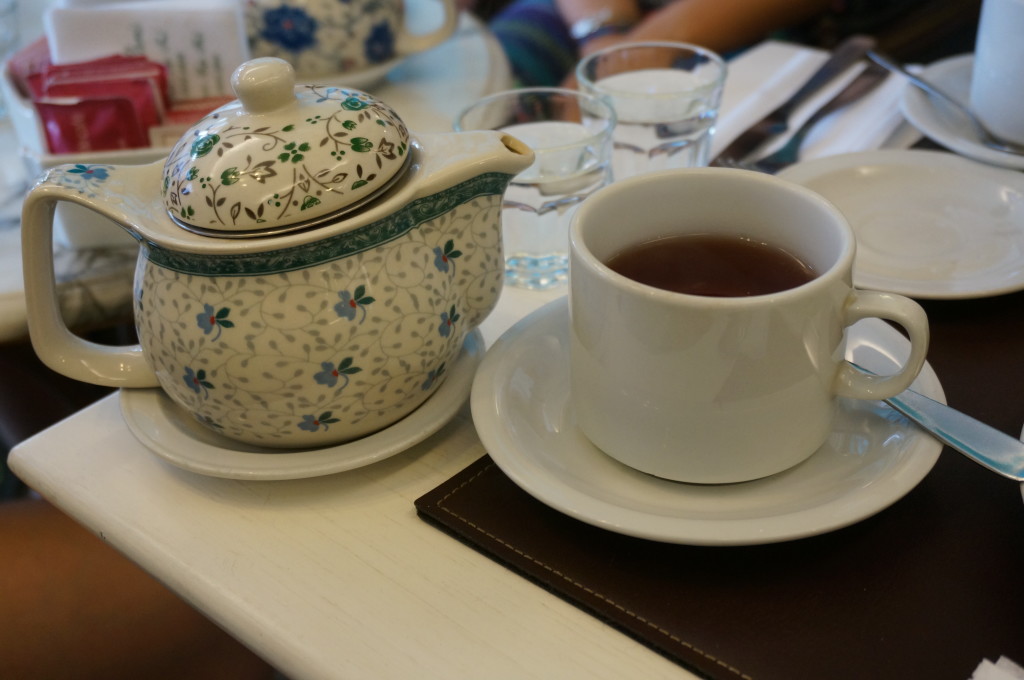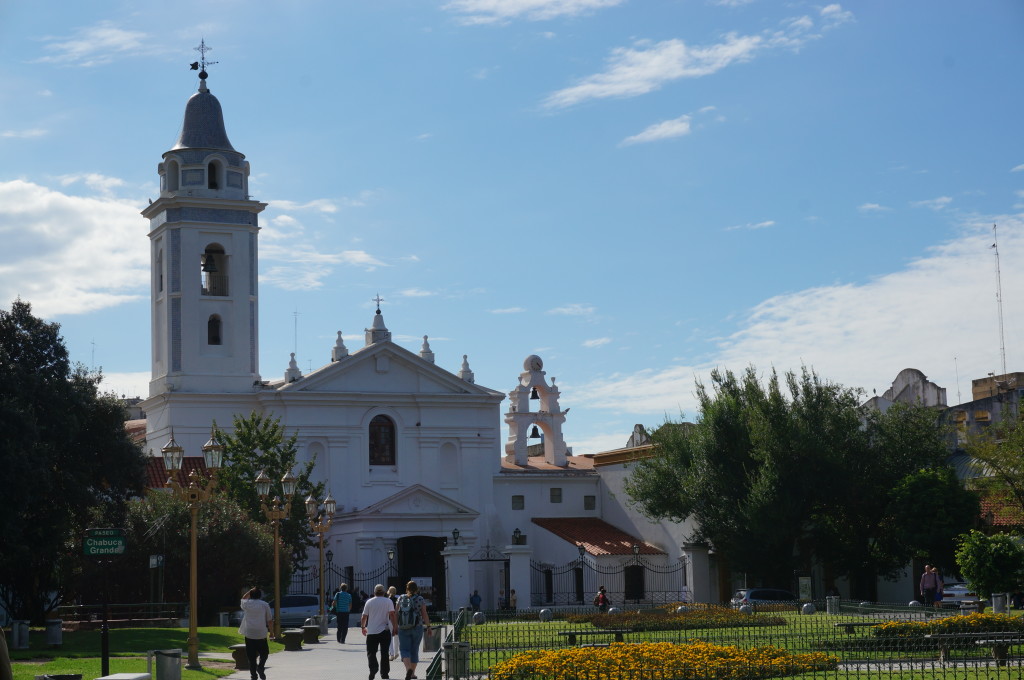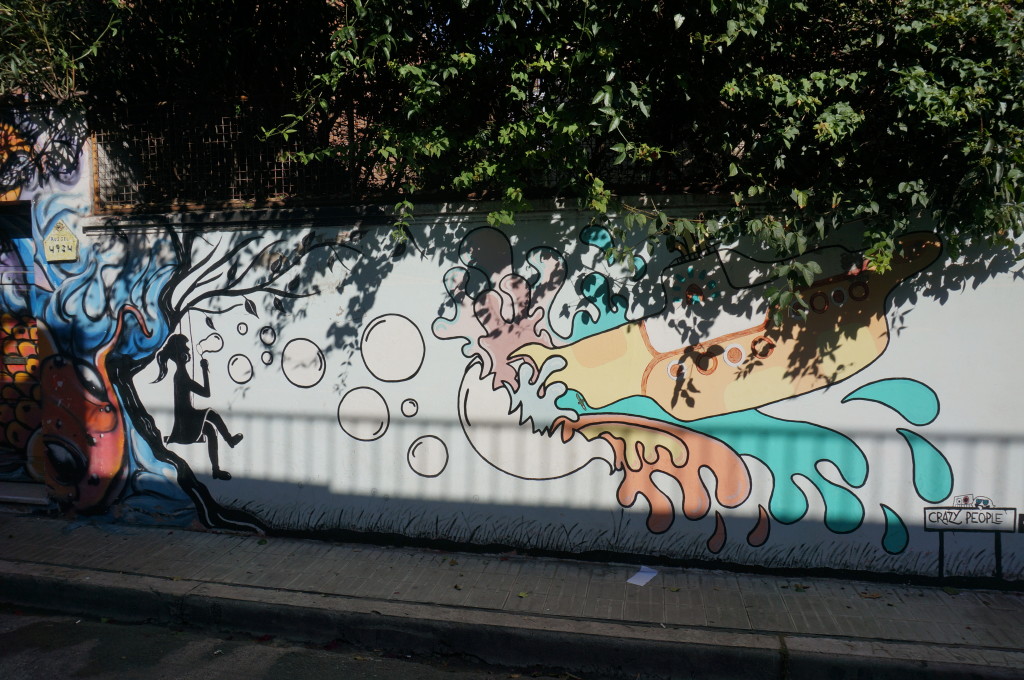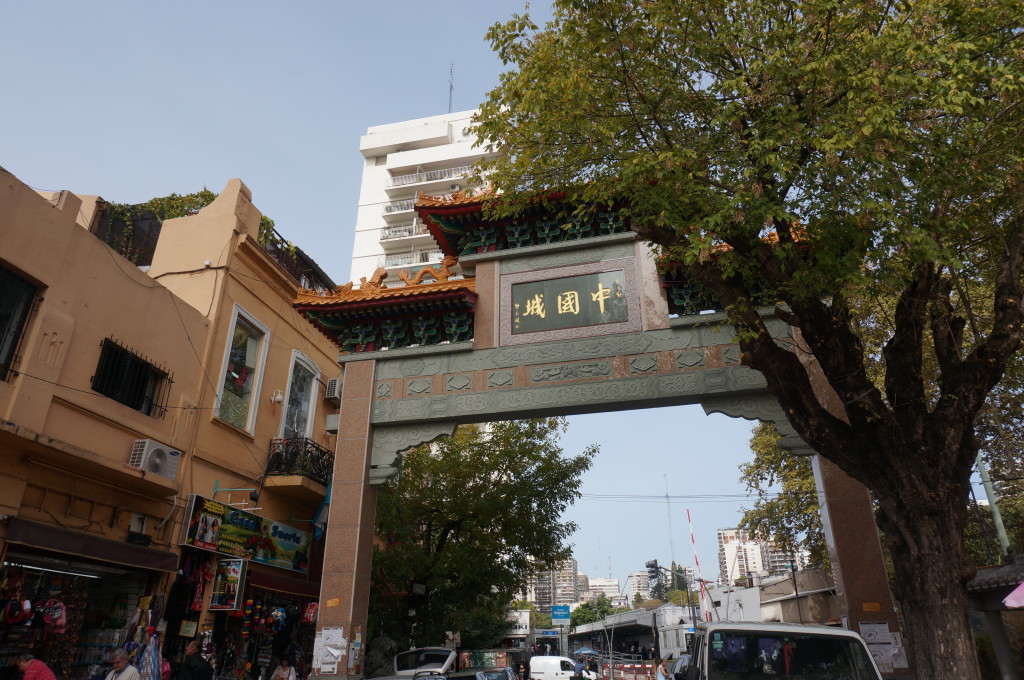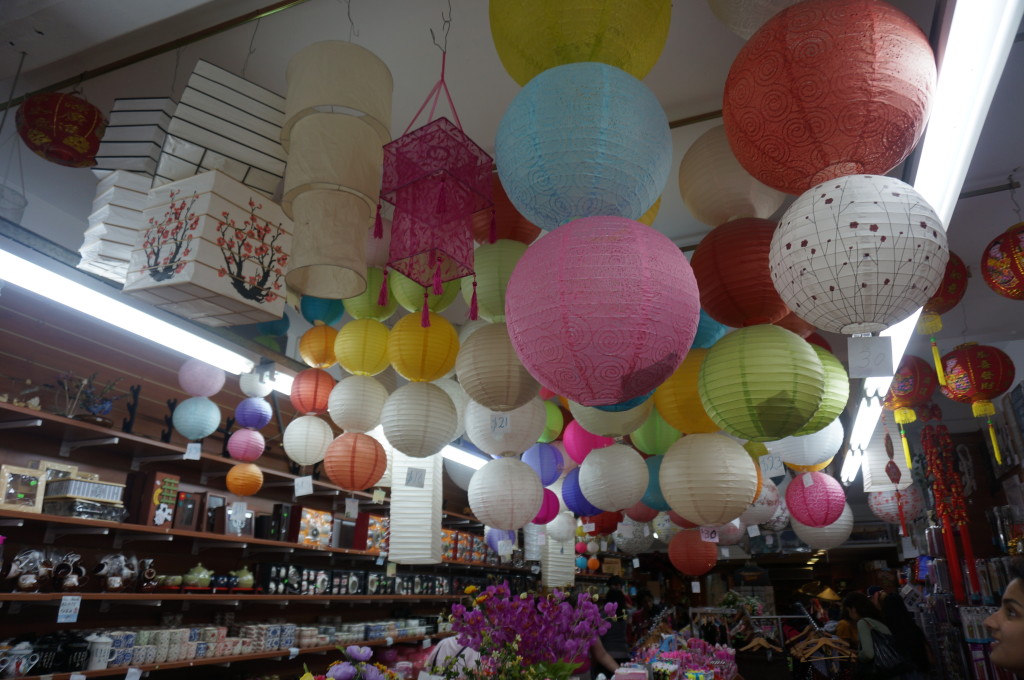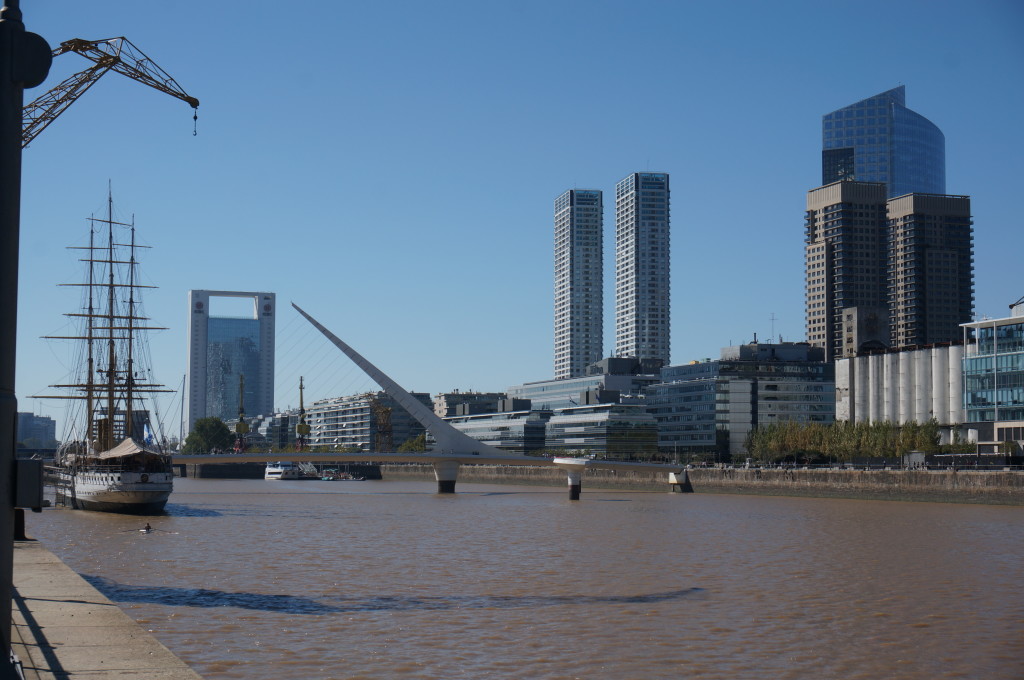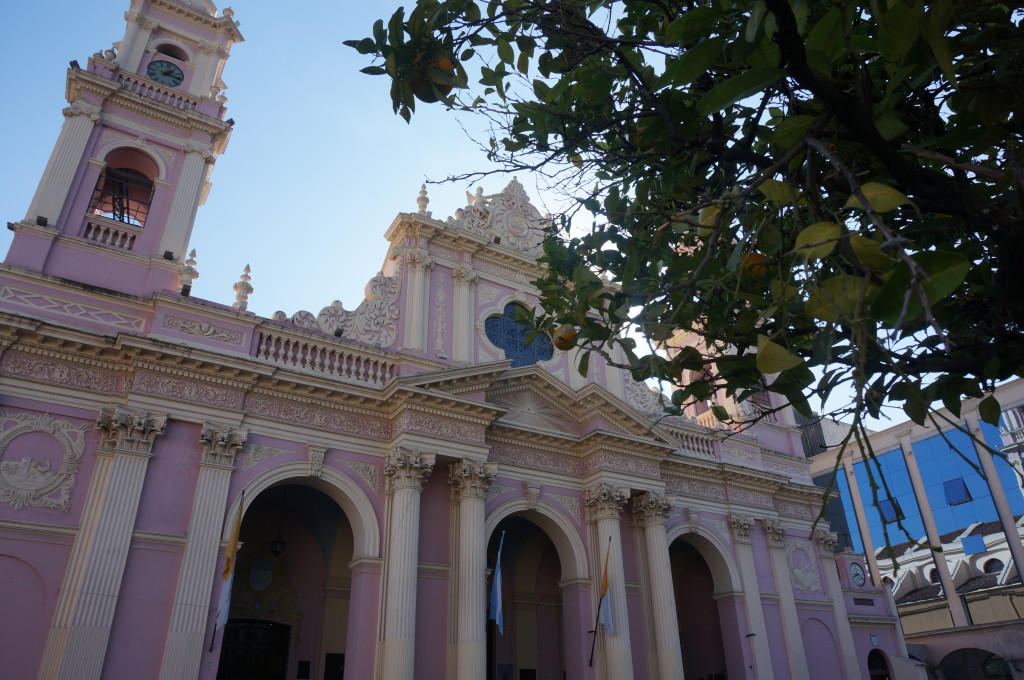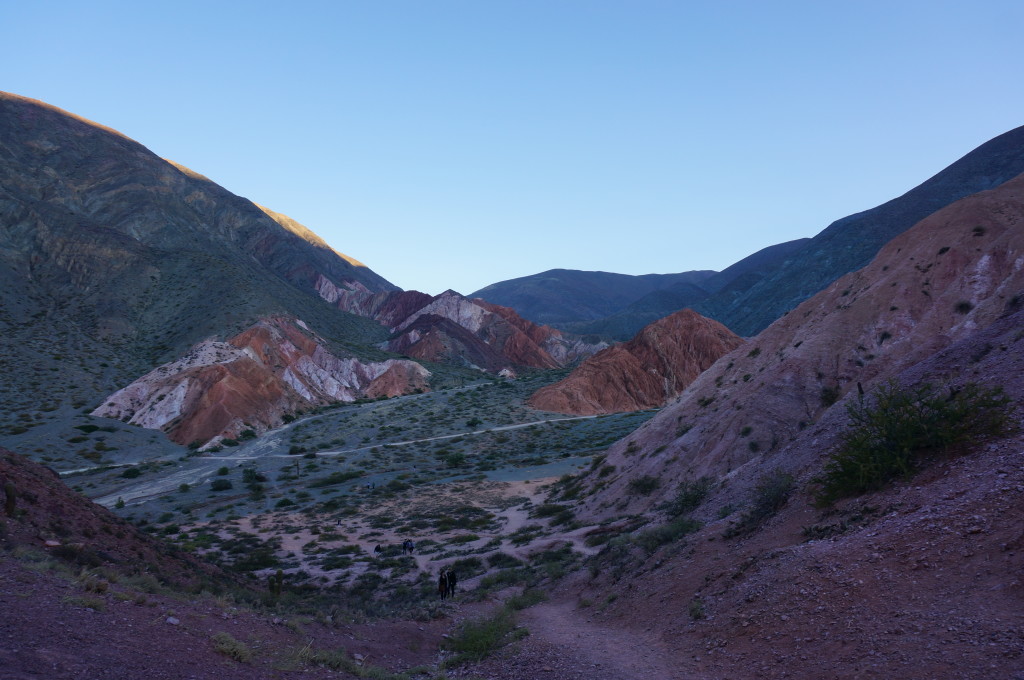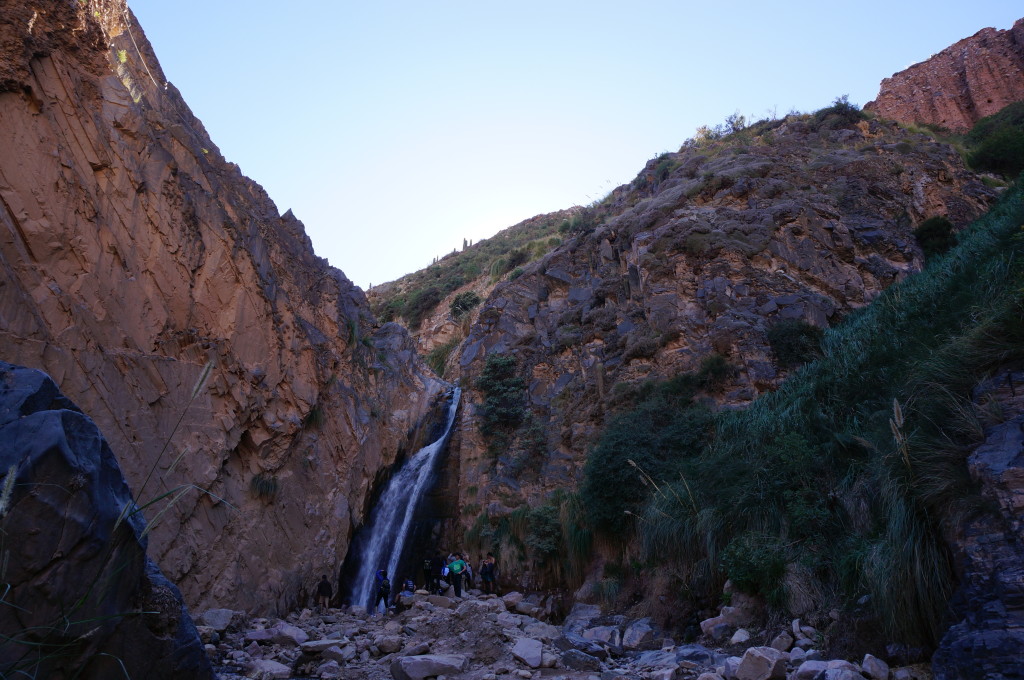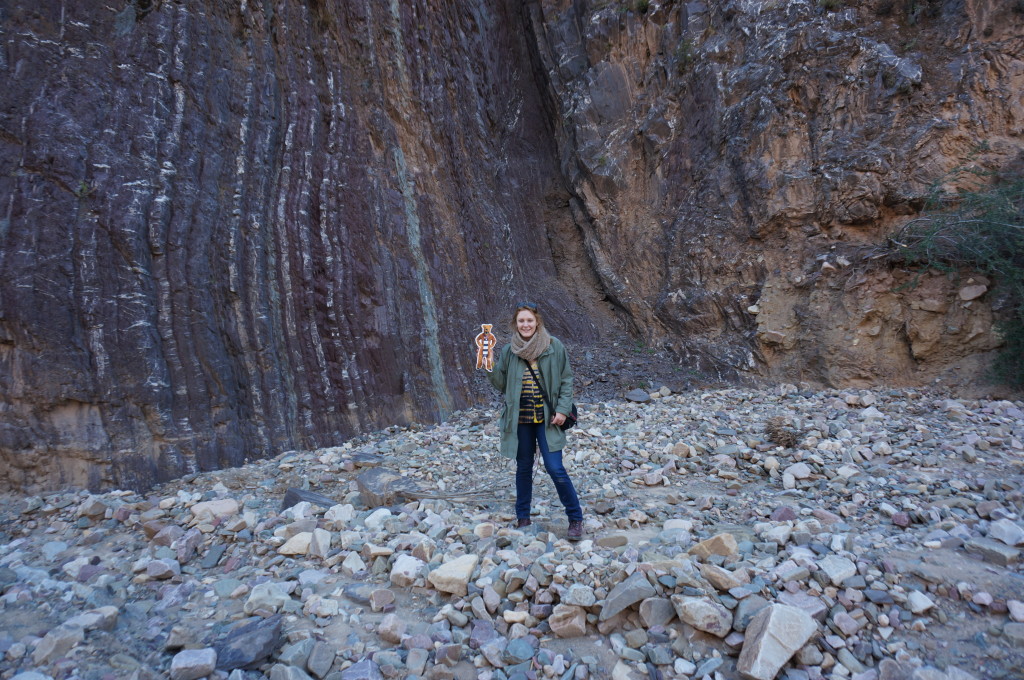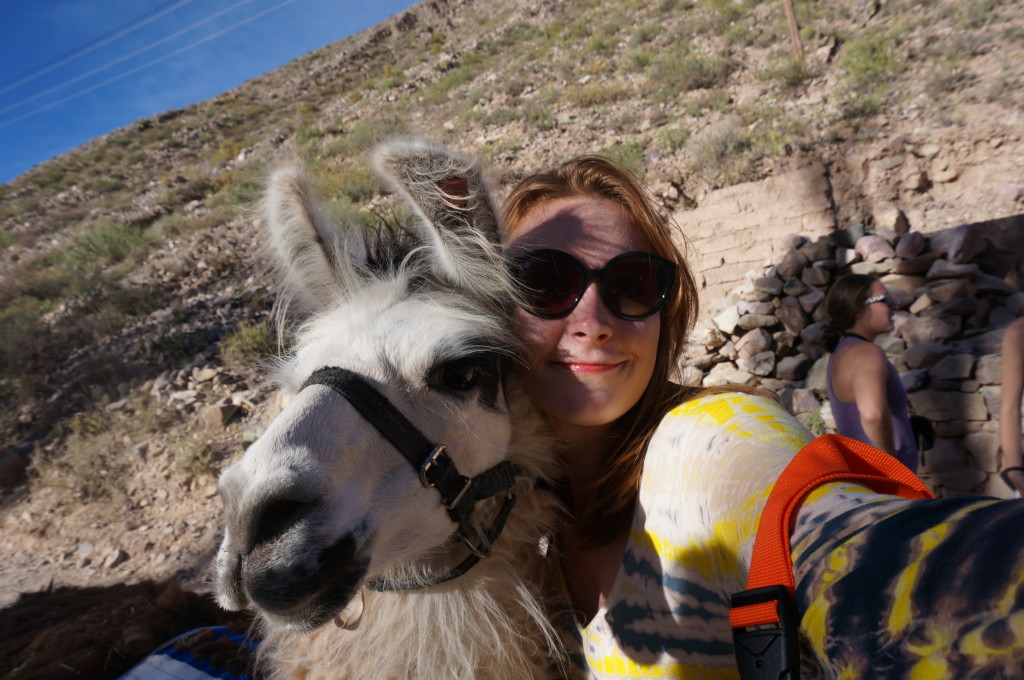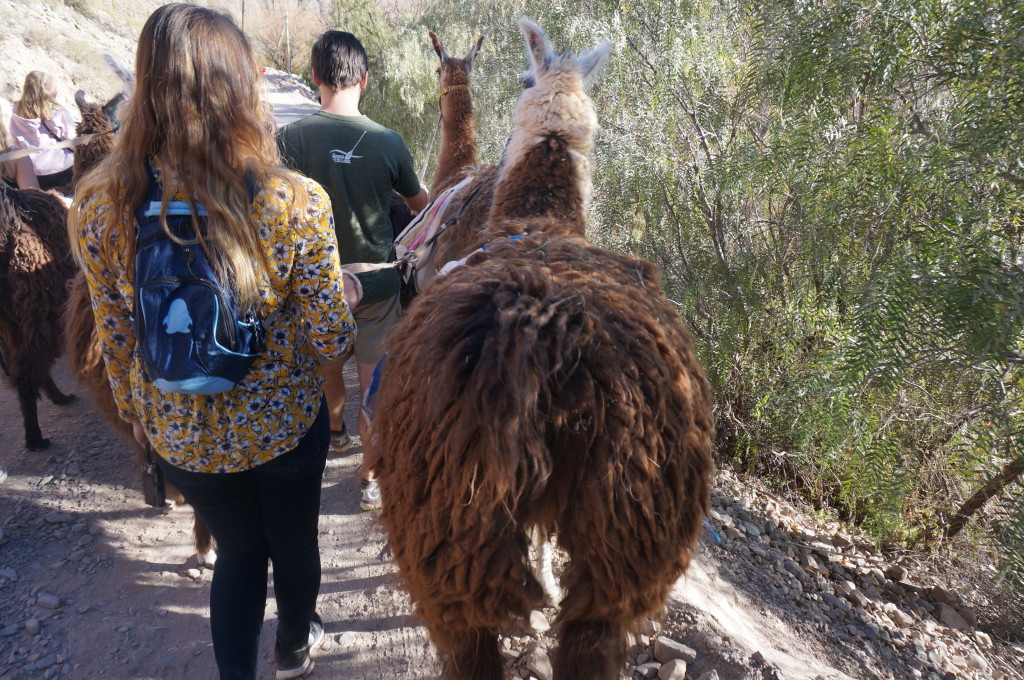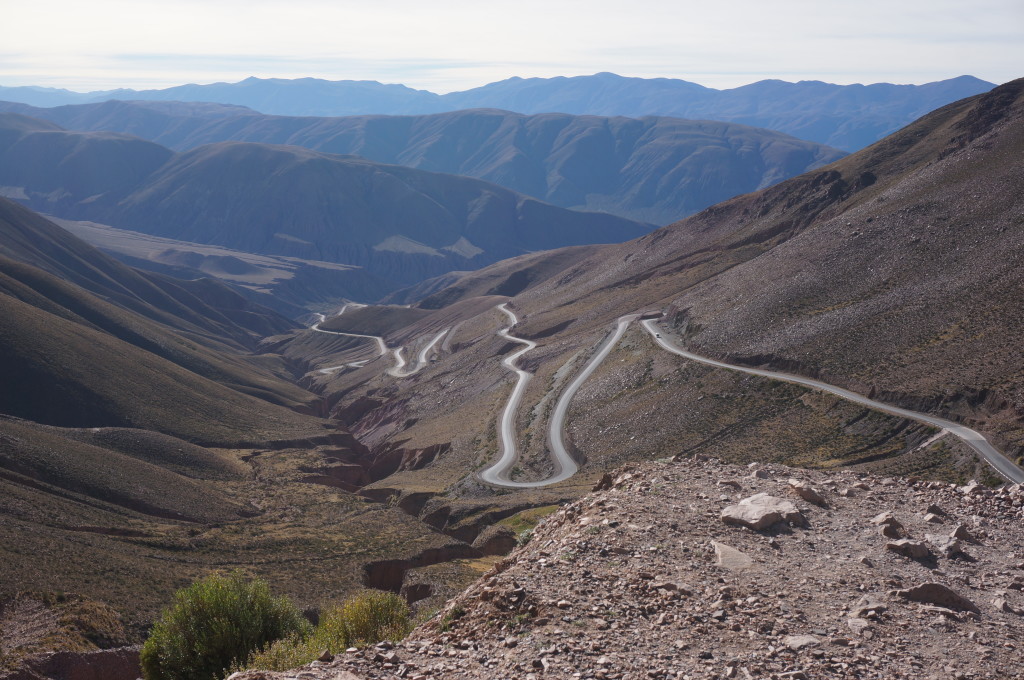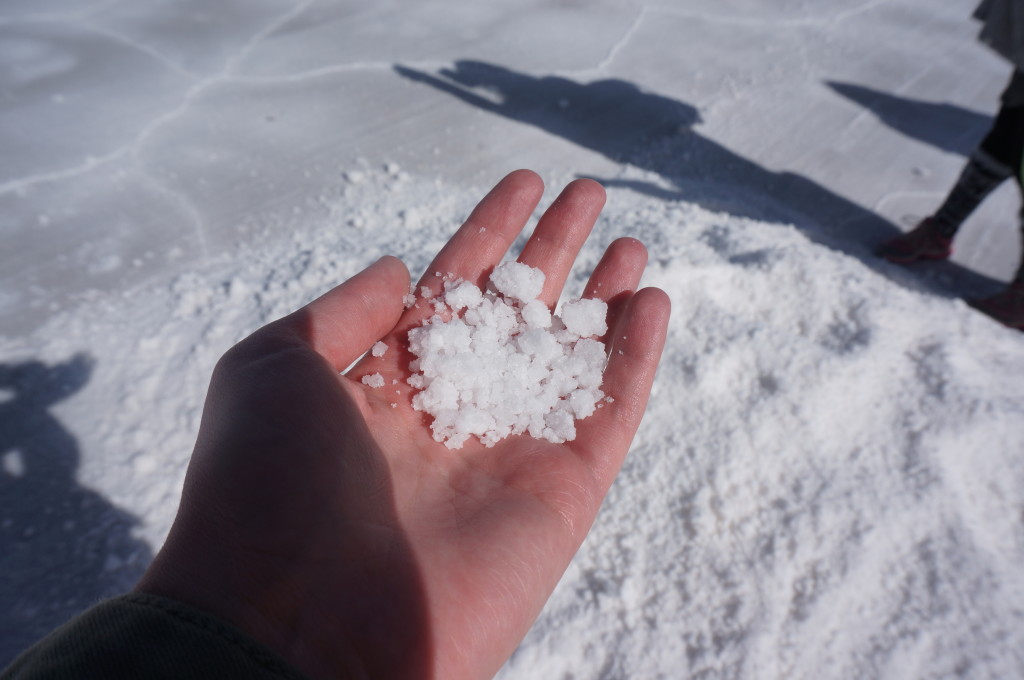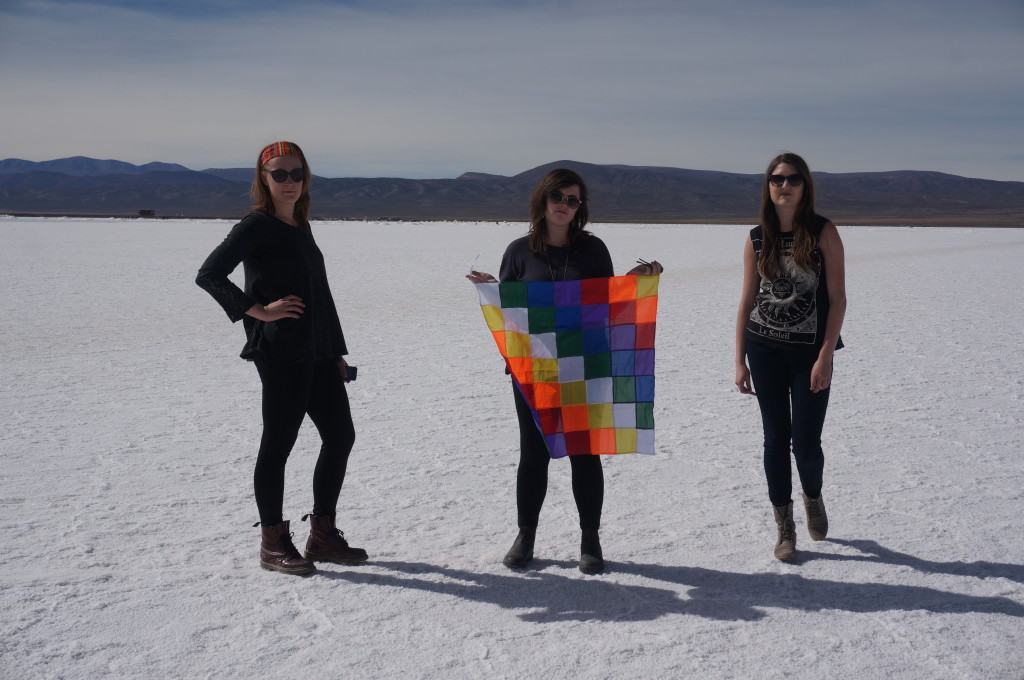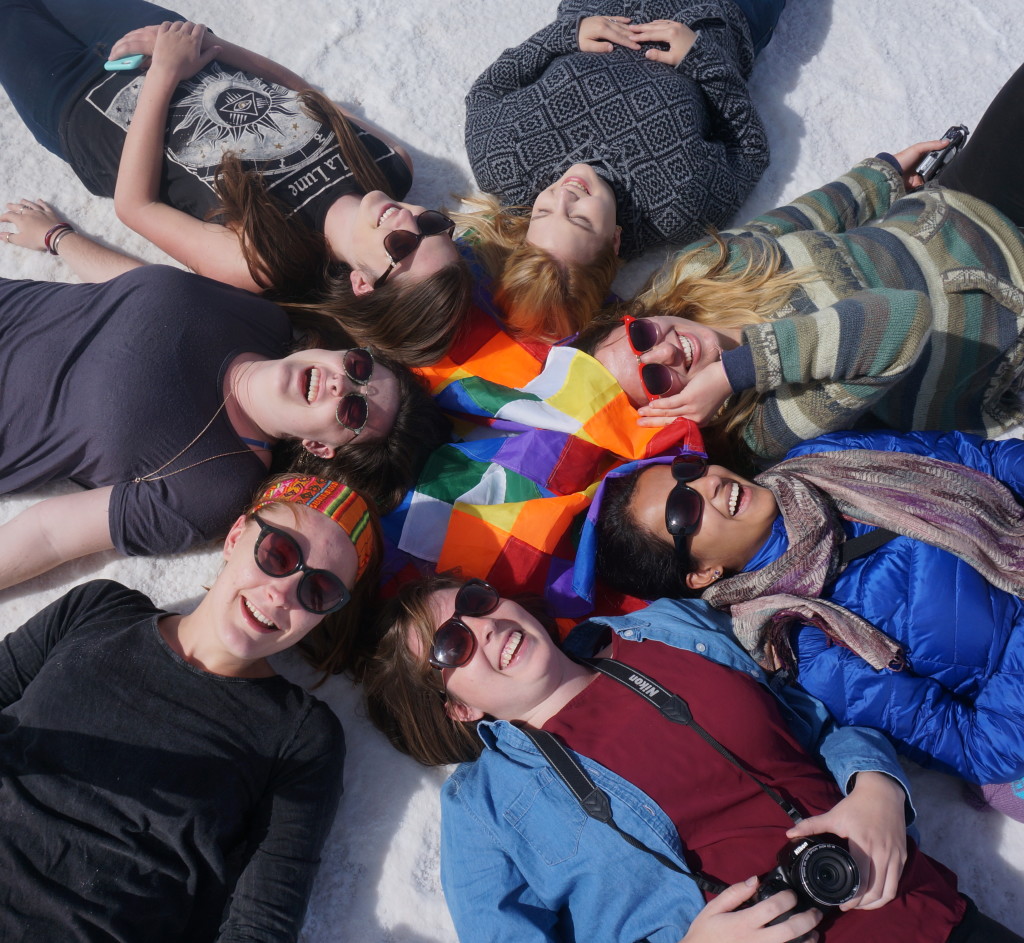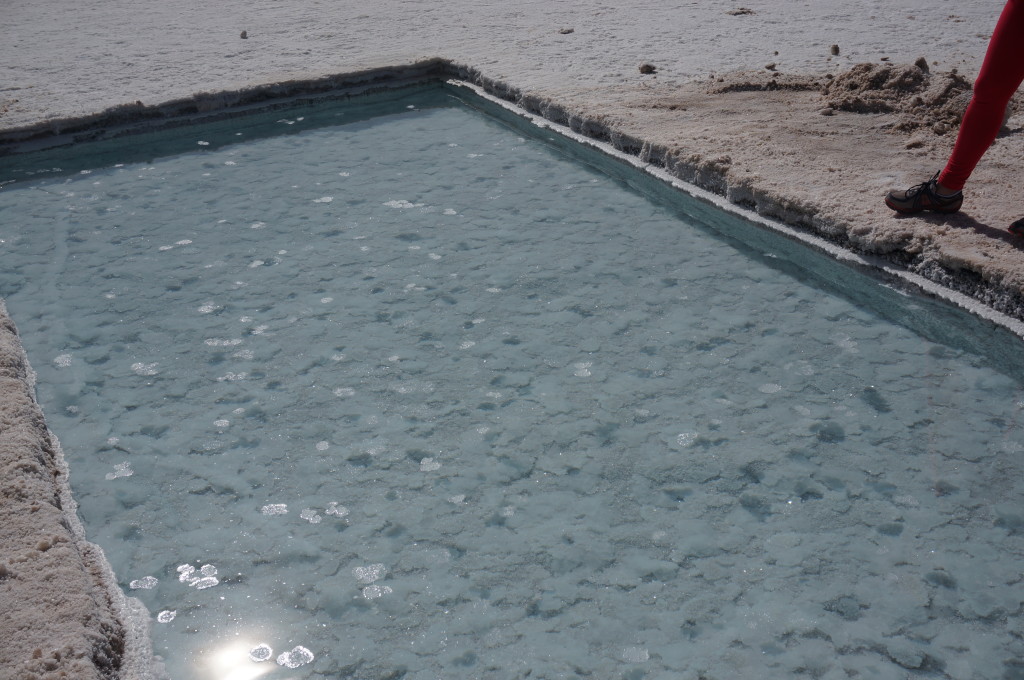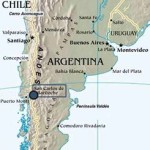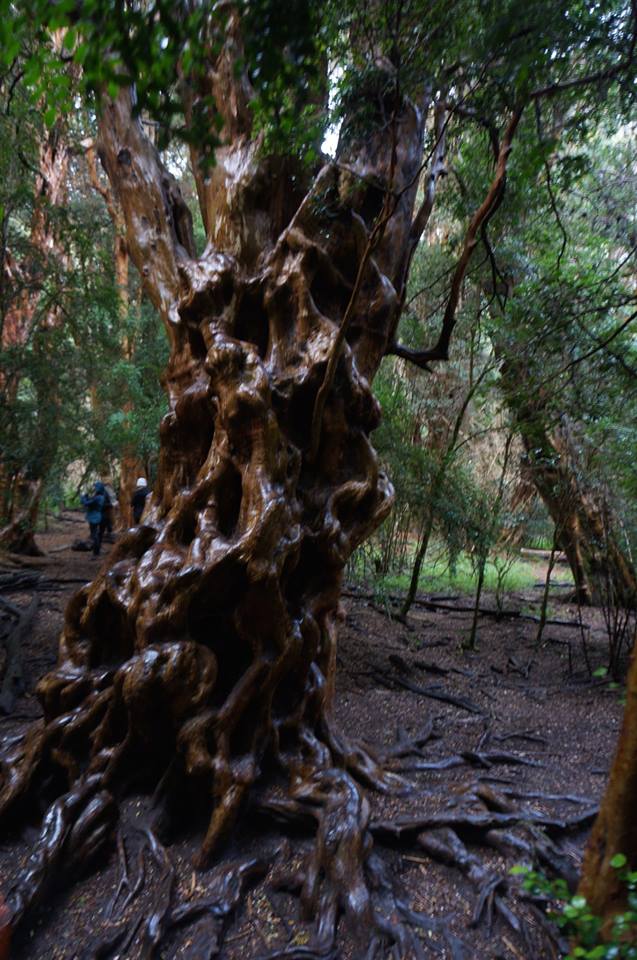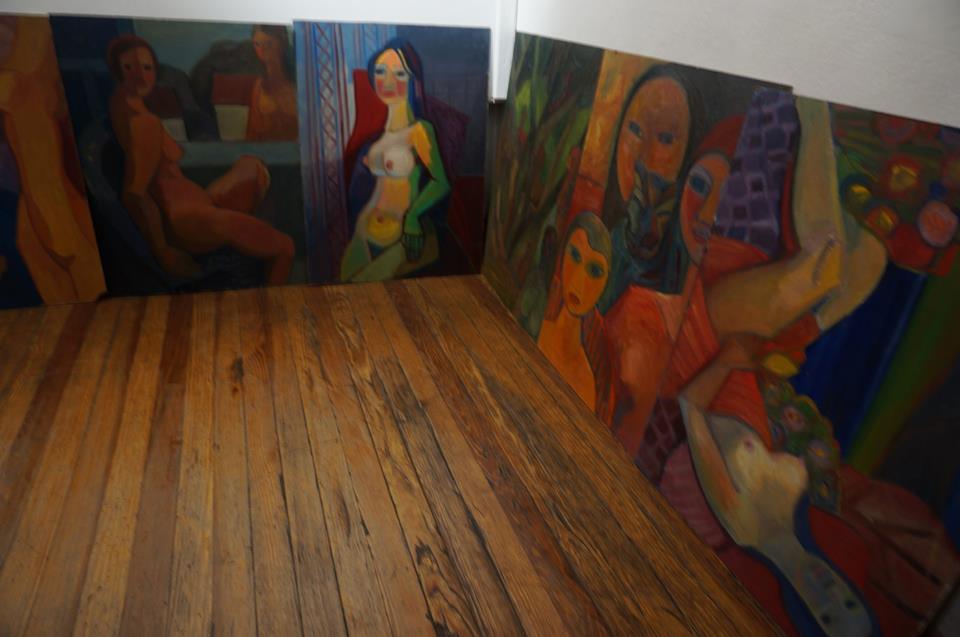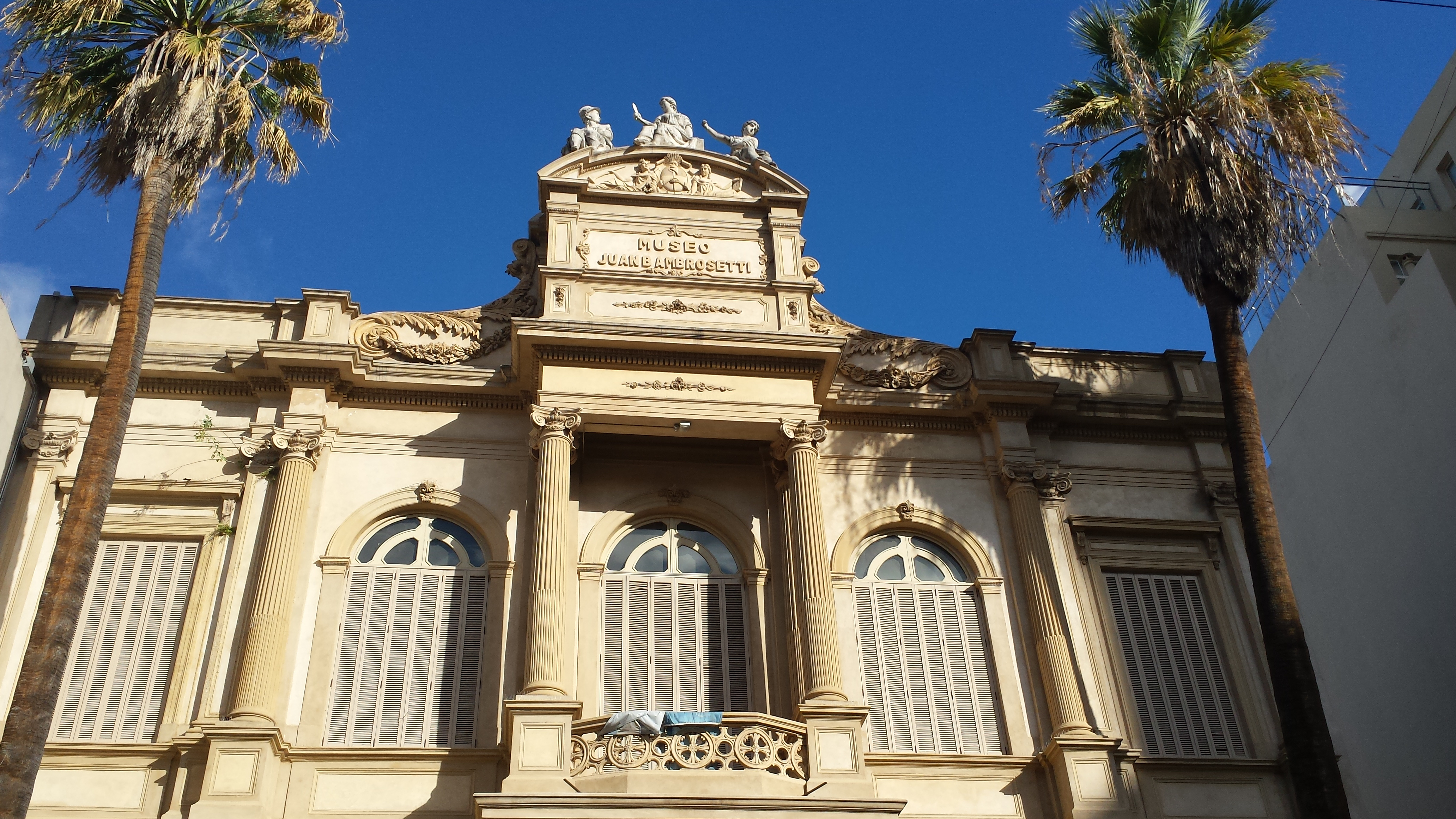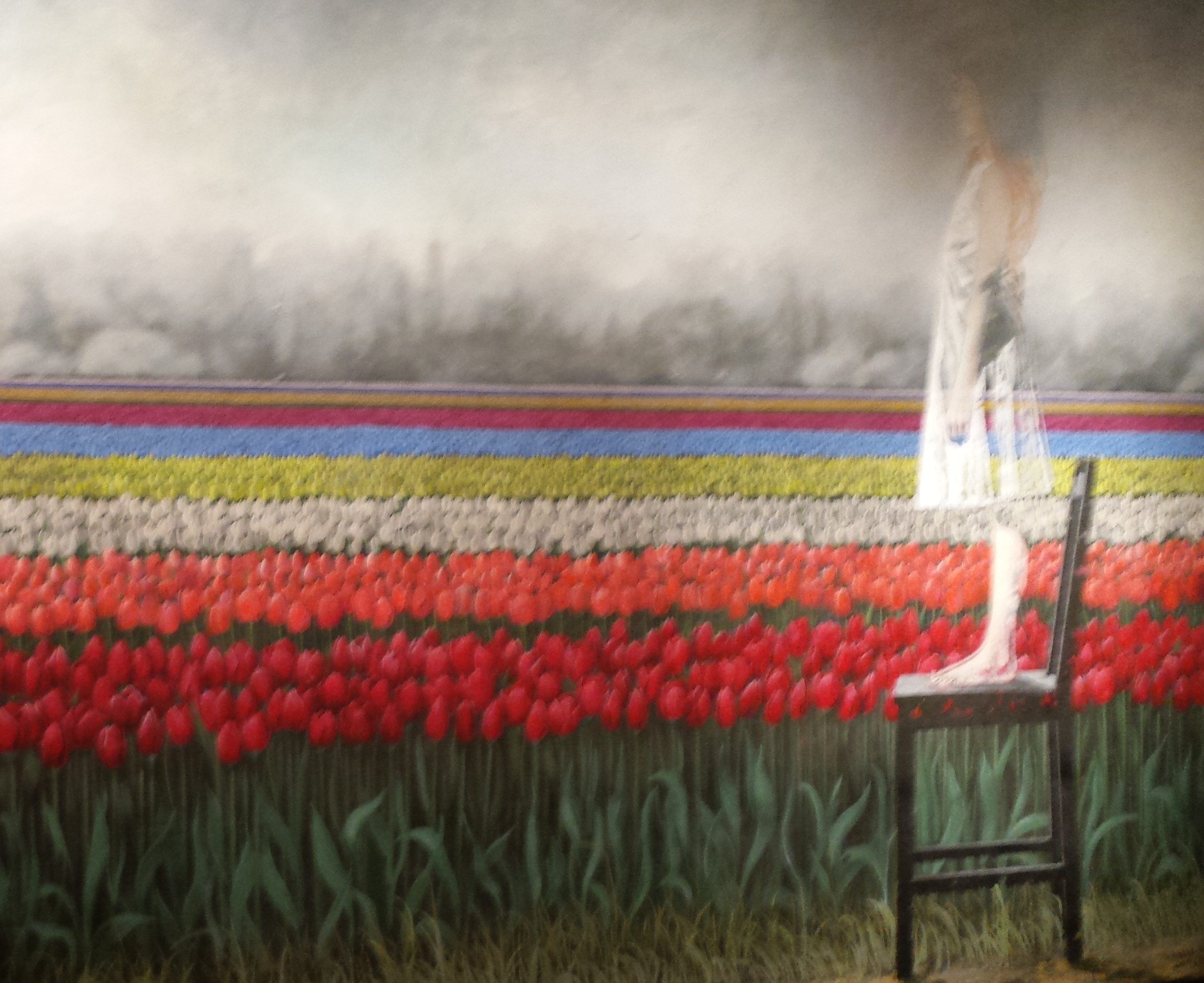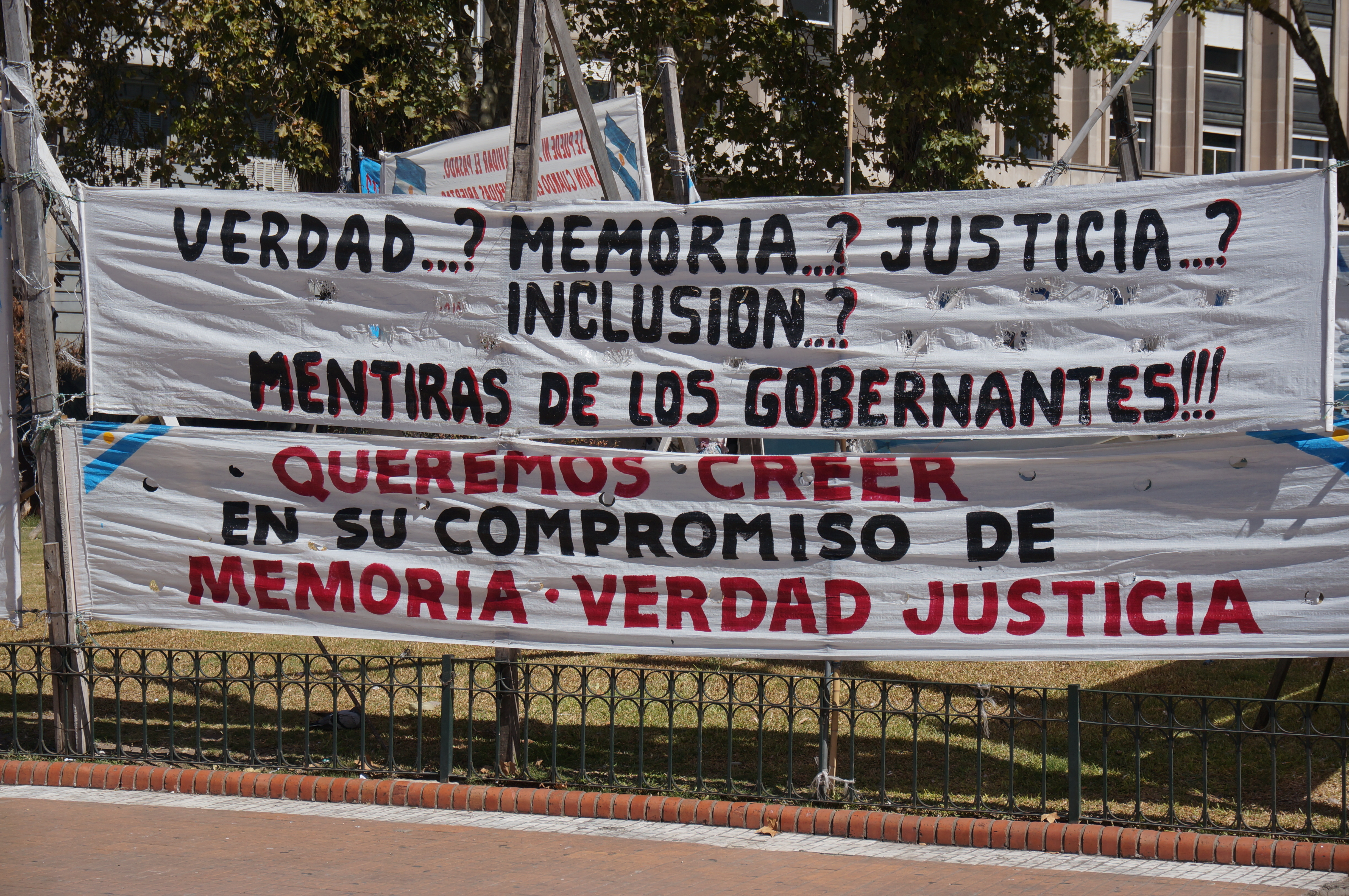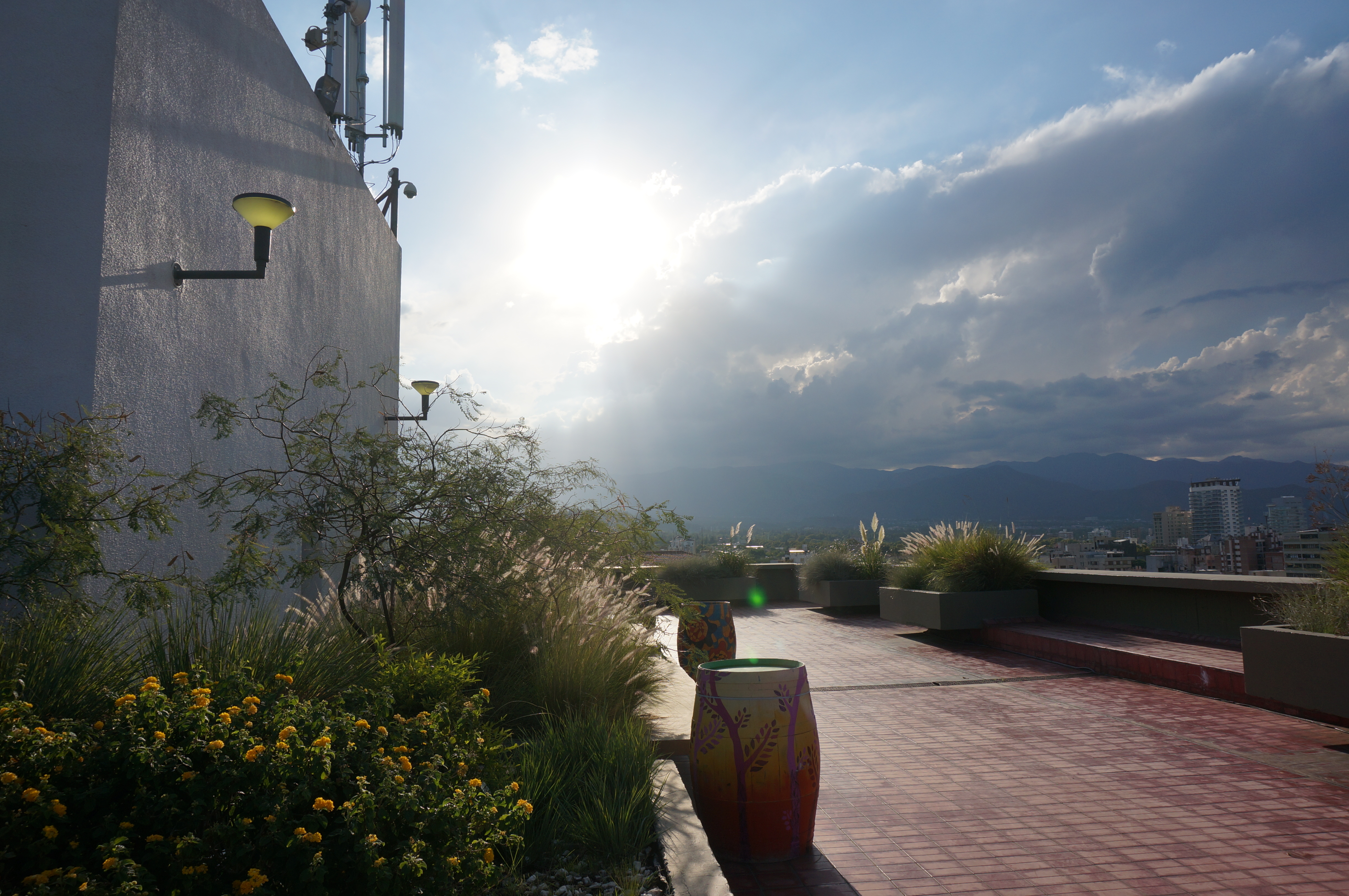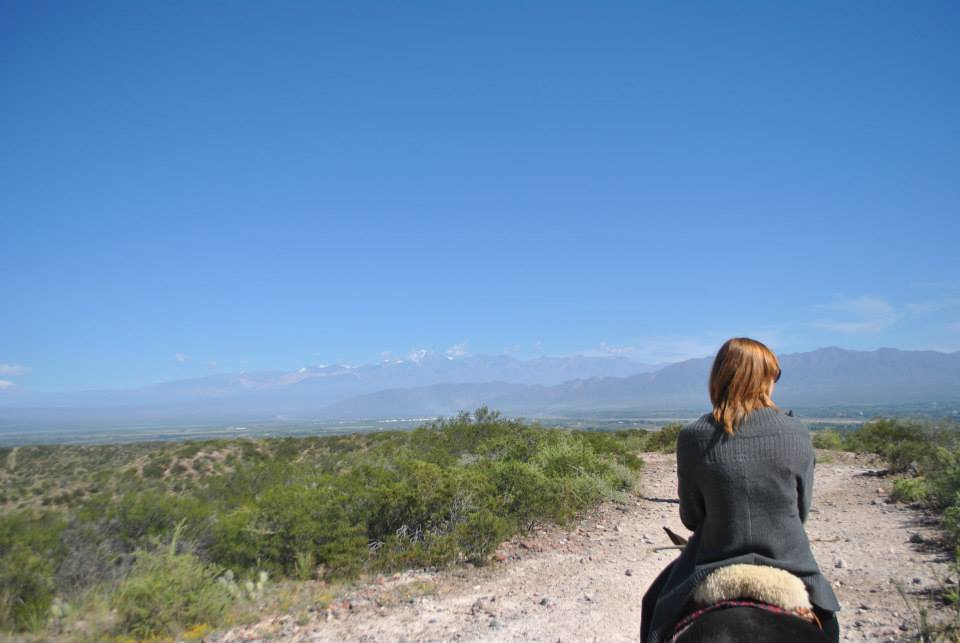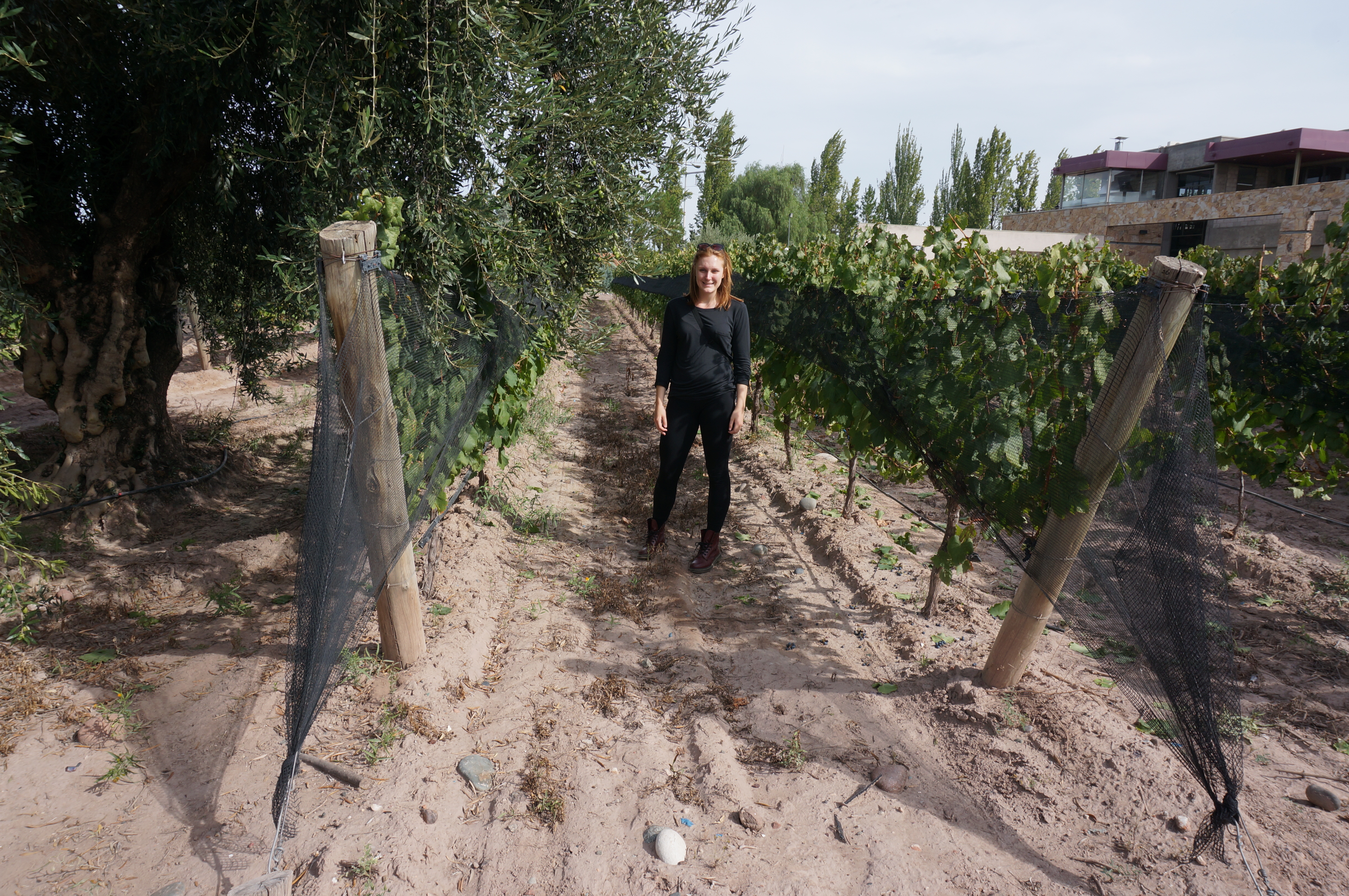Tomorrow is my final exam in my university class, and I have been trying to study hard. But don’t worry, writing this blog is just a short break from studying for my exam. It will be an oral cumulative final exam in Spanish, of course. I have no hints as to what the questions will be or how it is structured. So I am pretty nervous for it, even though my professors are very patient and kind. Oh, and the exam also worth my entire grade for the course.
Despite my anxiety for the exam, I am finding it very hard to concentrate on studying. For one, many people left over the weekend or on Monday, so I spent a lot of time with them enjoying the last sights and tastes of Buenos Aires. Before we said our goodbyes, we went to some of our favorite cafes across the city to chat and enjoy good coffee. Yesterday, I went to a Peruvian restaurant with my friends because I surely will not find that in my suburban town or in State College.
I hadn’t really realized that I was leaving Buenos Aires so soon until I started saying goodbyes to friends leaving BA. We gave each other besos on the cheek and big hugs and agreed to see each other back in the States. Gratefully, many of the friends I have made here live in Northeast, so it will be easy to visit them and stay in touch. I have even made friends who go to Penn State, so I’m especially excited to hang out with them on campus next year! But when saying goodbye/ see you later to them, I think gee, I’m going to have to say goodbye to more friends, my lovely homestay family, my buddies at the tea house, and this city in a few days!
Besides spending time with my friends, I am trying to check off my own bucket list in Buenos Aires. I went to another cafe/ bookstore that I’ve been wanting to go to and studied there for a while in Palermo. I plan on going to the tea house a lot on my last days here. I am also running around buying the last few gifts I have on my list for friends and stopping at bookstores to pick up more books in Spanish to take back with me to the US.
So, it has definitely been difficult to study.
Today, I have been studying a lot. But last night at dinner, my host parents asked me a few questions about Argentine history to help me practice for my exam and that made me feel a lot better and more confident. No matter what grade I receive on this exam, I will be really proud of myself for taking this course. I never could have had this experience at Penn State. The course really improved my Spanish comprehension, and I learned modern Argentine history with Argentine students and learned more about their own political perspectives.
Studying abroad has been an unforgettably unique experience. I have learned so much academically and culturally. I have experienced economic instability first hand. I have learned to manage the public transportation of a developing country. I have come to love Argentines: their ability to adapt, their pride, and their interminable hope for a better future.
On my last day of class at the local university, my teacher brought in a t-shirt she made to show to the class.
As always, she passionately tried to inspire pride of country. The shirt has the Argentine flag and says “Yo amo Argentina”, “I love Argentina”. She warned the class that this shirt was not for pajamas, but was to be worn proudly out to the previa (pre-game) or the boliche (club). Although the class laughed at her jokes, my professor truly does love her country, dedicates herself to teaching Argentine history with the hope of inspiring patriotism and political activism in her students.
She asked us if the foreigners if we loved Argentina, and we all responded yes. My professor asked what we thought of peronism and how we would describe it to Americans. We replied that we would explain peronism is quite complicated. The class laughed.
So with all that I have learned in Argentina, I hope to carry these lessons home with me. I hope to be as warm and welcoming as Argentines: warmly greeting colleagues, friends, and family with kisses and hugs; to read more and watch more films in Spanish; to have the insight to sit and enjoy a cup of coffee without thinking about everything else I need to accomplish; to be more flexible in my own country when things go wrong or plans change; and to share what I learned in Latin America with friends and family.
Location: Carlos Pellegrini 1069 Buenos Aires, Argentina



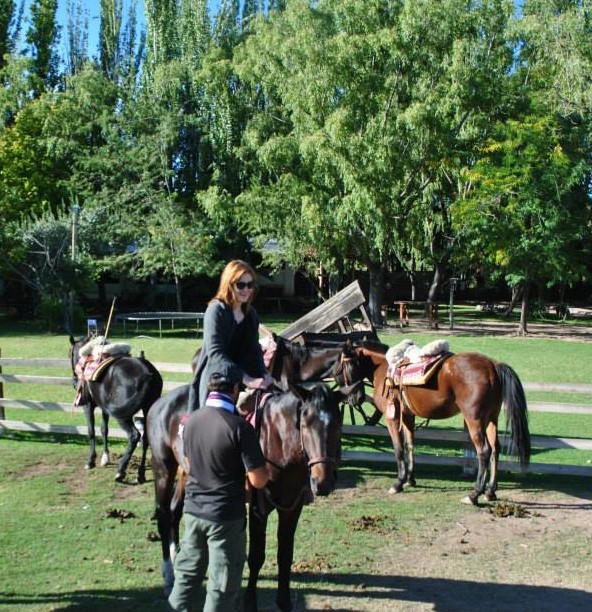
 I now relish the moments where I can just enjoy time pass by without any worry. For advising appointments here I don´t arrive 15 minutes early and fill the time before the appointment with homework. I arrive right on time, and normally my advisor is late anyways. But I don’t worry about it; I just sit and relax for a few minutes.
I now relish the moments where I can just enjoy time pass by without any worry. For advising appointments here I don´t arrive 15 minutes early and fill the time before the appointment with homework. I arrive right on time, and normally my advisor is late anyways. But I don’t worry about it; I just sit and relax for a few minutes.